Ginormous Is a Word, and Just in Time
guggenheim.gif) Last week, Mirriam-Webster’ announced that it was adding the word, “ginormous” to its 2007 update of Merriam-Webster’s Collegiate Dictionary, Eleventh Edition. This is great news and comes as a great relief, just in time for next week’s kickoff of the Bering Sea Expedition. For ever since I first visited Alaska, I have found an utter deficit of adjectives to adequately convey the state’s enormity — er, ginormity.
Last week, Mirriam-Webster’ announced that it was adding the word, “ginormous” to its 2007 update of Merriam-Webster’s Collegiate Dictionary, Eleventh Edition. This is great news and comes as a great relief, just in time for next week’s kickoff of the Bering Sea Expedition. For ever since I first visited Alaska, I have found an utter deficit of adjectives to adequately convey the state’s enormity — er, ginormity.
In 1991, I traveled to Glacier Bay with three friends from Southern California for a one-week sea kayaking trip among the glaciers. Though I had spent much of my life outdoors and on the water, I found myself fooled time and time again by the sheer scale of what I was seeing…I was comically inept at judging distance. From the stern of the kayak, I suggested to my friend, Jack, in the bow, “Why don’t we stop for lunch at that next point? Looks like about a 45 minute paddle?” Three hours of paddling later, the point that seemed so close hadn’t changed in size. The bigger-than-life landscape, combined with clear, dry air has played havoc with many a sailor to Alaska’s shores.
It could take a lifetime to explore all of Alaska’s 571,951 square miles of landscape. By far the largest US state, its land area is more than twice that of its closest competitor, Texas. Add another 91,316 square miles of lakes, rivers, estuaries, etc., and Alaska’s total area represents 17.5 percent of the total area of the U.S. 50 states and the District of Columbia. How big is that? My Alaskan friends are fond of the map (left) that appeared in National Geographic in the early 90s showing how if superimposed at scale on the lower 48, it would stretch coast-to-coast, from Jacksonville, Florida to San Francisco, California. Alaska’s 6,640 miles of coastline represents 50.1 percent of the coastline of all U.S. states.
Big, right? Sure, but now it’s time to talk ginormous. Poke your head below Alaska’s icy seas, and you’re in for an even greater mind-bending exercise in scale. In 1983, President Ronald Regan extended the U.S. Exclusive Economic Zone (EEZ) to 200 nautical miles, more than doubling the size of the United States. In fact, the ocean part of the U.S. is larger than the dry part.
While Alaska’s total land area is about 17.5 percent of the 50 U.S. states, its 950,000 square nautical miles of ocean territory encompassing the EEZ represent a whopping 40.9 percent of the EEZ for the 50 states, greater than the U.S. waters of the East Coast, Gulf of Mexico and West Coast combined! When you add U.S. territories and protectorates, Alaska’s share is still an impressive 28.3 percent. Only Hawaii comes anywhere close at 20.7 percent.
Our expedition plans call for us to visit two of the largest underwater features in the Bering Sea where we will work to document deepwater corals: Pribilof Canyon and Zhemchug Canyon. The latter is a long trip, a 670 kilometer (km) journey to the northwest from our starting point at Dutch Harbor, Unalaska, which will put us only about 440 km from Russian waters and the International Date Line. Indeed, Zhemchug Canyon is far west. Head due south and you’ll brush by Midway Island then pass far to the west of Honolulu which will lie 1,600 km to your east. Further south, with strong binoculars, you might make out the coast of Savai’i, the larger main island in the State of Samoa, which will be to your east around 45 km away. You’ll cross the Tonga Trench, 35,702 feet at its deepest point, before coming within 135 km of New Zealand’s Chatham Islands to the west.
Alaska’s enormous seascape is full of mountains and canyons that continue underwater the great drama of those hugging its shores and nestled in its heartland. Our starting point, Dutch Harbor, is a point along the huge Aleutian Island arc, a chain of volcanoes, enormous seamounts rising up from thousands of feet below. Zhemchug Canyon is a massive underwater canyon, considered the largest canyon in the ocean, plunging to 2,600 meters (8,530 feet), making it much deeper than the Grand Canyon.
In our tiny submarines, we can only hope to glimpse a tiny fraction of these vibrant canyons, and I already imagine how the scale will be overwhelming to us. I hope the folks at Mirriam-Webster’s get a chance to read this. I’m already thinking that “ginormous” might not cut it. With apologies to “Jaws” star Roy Scheider, “You’re gonna need a bigger word.”

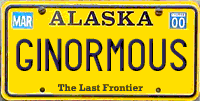
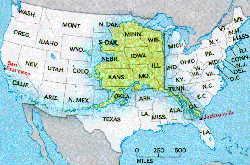
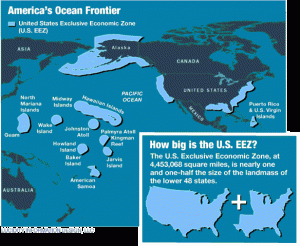
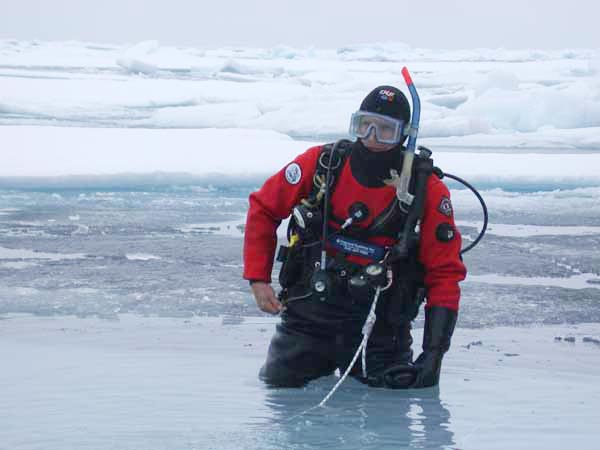
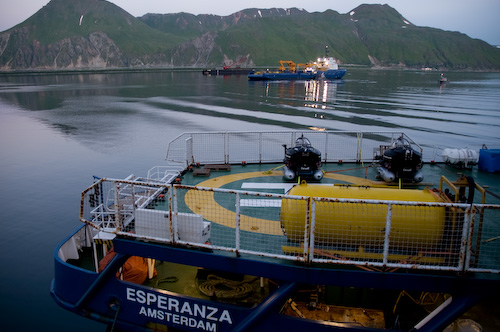
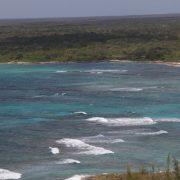

Leave a Reply
Want to join the discussion?Feel free to contribute!